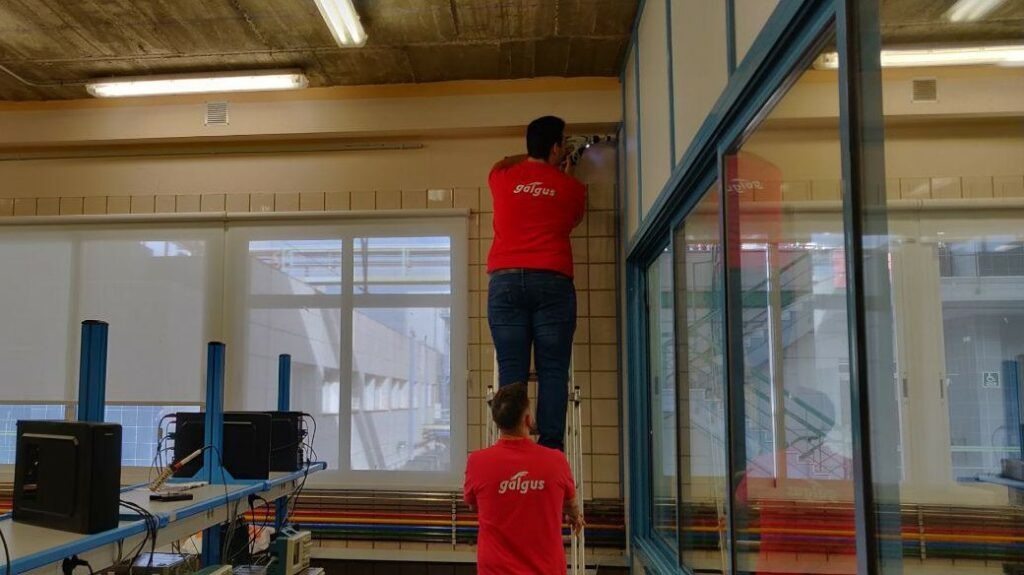On May 31st 2019 the first annuality of the WiFiciency project has finished. We can say that these first steps have been a success, because the milestones that were raised in the initial plan of the project have been achieved:
– We have studied the state of the art in relation to 802.11 wireless networks and the optimization of radio resources, as well as estimation, classification and prediction techniques using machine learning.
– The new release of CHT (Cognitive Hotspot Technology) has been thoroughly checked, which will be installed in all Galgus laboratories for testing, as well as in the clients progressively. Hundreds of bugs have been fixed and new features have been added that were planned.
– The automatic interference classification and Proactive Load Balancing (PLB) modules have been validated in proof-of-concept, so they have been moved to development and will be included in the new releases of the CHT product, expected R9.1 and R9.2.
– Construction has begun on the ETSI laboratory at the University of Seville, with 6 access points that will provide WiFi service, location and will be remotely accessible from anywhere for management.
– An article on measures of occupation of the WiFi channel using Software-Defined Radios has been sent to the URSI 2019 international congress to be held in September.
– The architecture of the Cloud Manager has been redone to improve the discovery, deployment and updating of new WiFi networks, making it easier for operators to work.
In its second year, the WiFiciency project team will continue to design and develop new modules for optimization and contextual intelligence for WiFi networks, and will test them thoroughly in the new laboratory deployed.
Project WiFiciency is supported by:










